Do you like colors? We listed 15 weird color names that inspire you for the next color choice.
Most people are familiar with the main colors of yellow, green, red, and blue, which may be combined to produce a variety of other hues, including orange. The majority of the population is also familiar with less common hues like forest green, indigo, burnt orange, and fuchsia, among others.
Many colors exist in between these two extremes, many of which you may have never heard of. We’ve compiled a list of some of the least-known and most bizarrely-named colors on the market.
Zaffre – Hex #0014A8
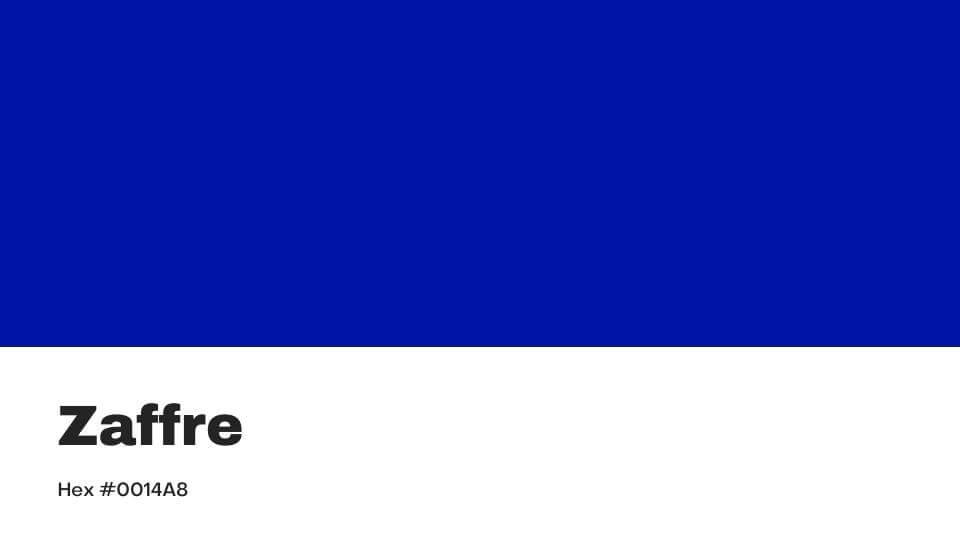
Zaffre is a deep, dazzling blue that only a few people have ever seen or heard of until now. The Italian term “zaffera,” which is derived from the Latin word for sapphire, gave rise to the name, and the stone’s deep blue hue indeed matched that of the gem.
Zaffre, on the other hand, is a very particular color. Cobalt ore was burned in a furnace to generate this ancient pigment.
Drunk-Tank Pink – Hex #FF91AF
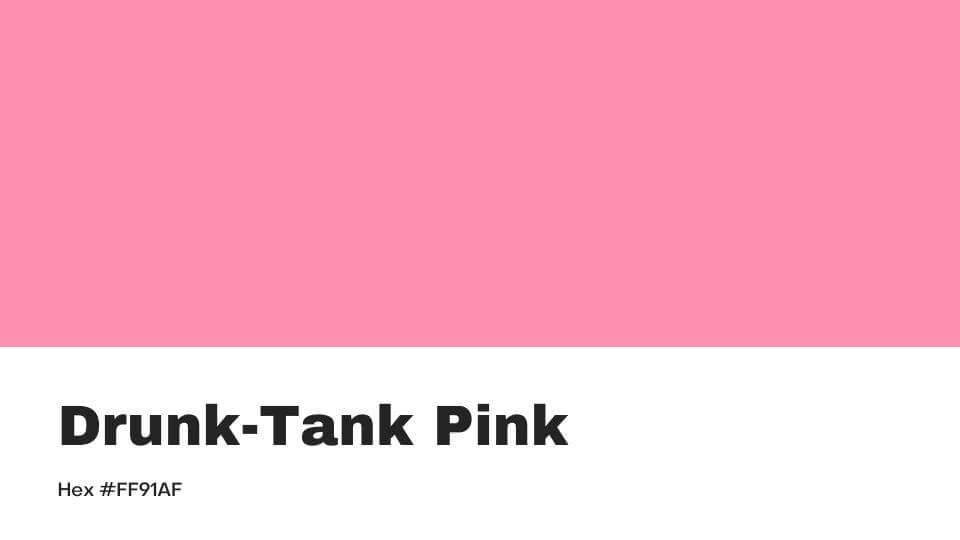
Studies on color and human temperament and mood have shown that a bright, almost bubblegum pink color helps to keep individuals calm and serene. Known as Drunk-Tank Pink, this color, also known as Baker-Miller Pink, is frequently used in holding cells or jails to keep inmates quiet and deter violent or disruptive behavior.
Drake’s Neck Green – Hex #08B07C
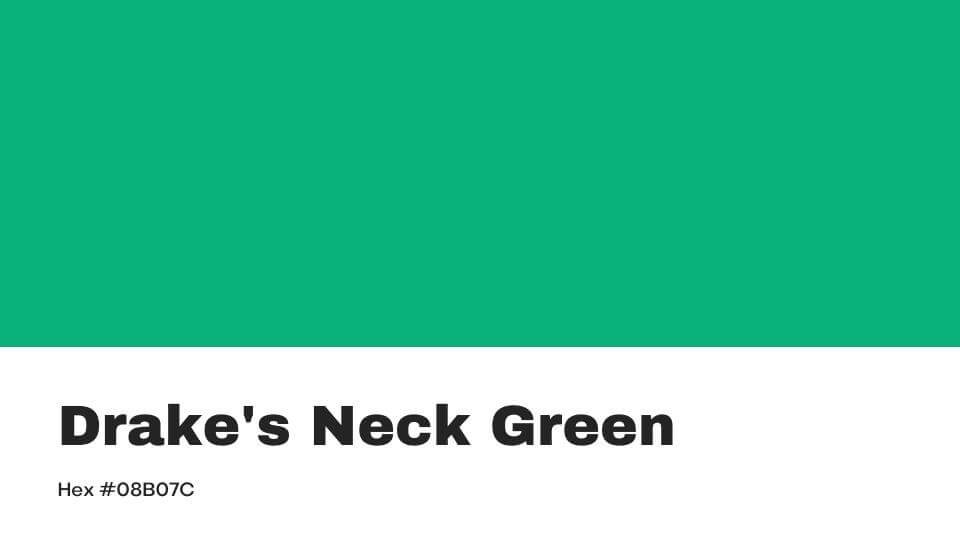
The rich emerald green feathers on the male mallard duck’s neck may have caught your eye if you’ve ever observed one up close. This green color comes from the feathers of male mallards, or drakes, who flaunt these colors to attract mates. It is common for this green color to have a tinge of iridescence. Drake’s Neck Green is our favorite in the weird color names.
Celadon – Hex #ACE1AF
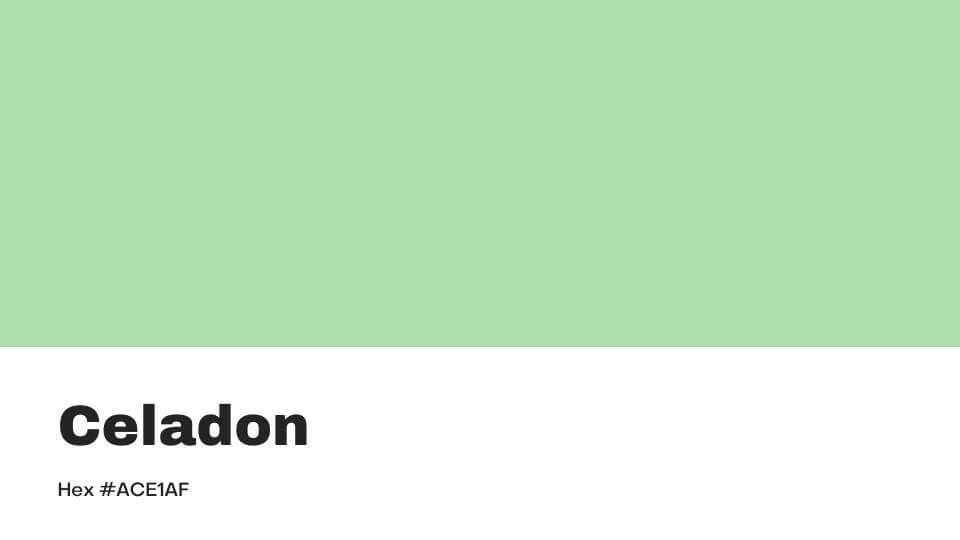
Porcelain and glaze in this minty hue are based on a form of ancient Chinese porcelain. In the raw ingredients required to make the priceless ceramics, iron is responsible for giving it its distinctive jade color.
Feldgrau – Hex #4D5D53
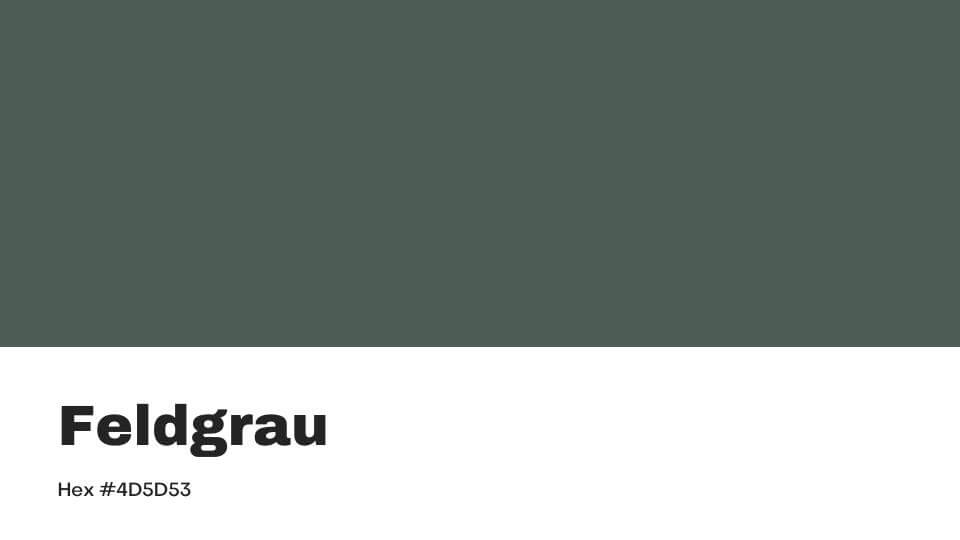
“Field Gray” is a German word that translates to “gray.” From 1907 until the end of World War II, the German military wore uniforms in the hue feldgrau. After the war, the East German Army and Bundeswehr (West Germany’s army) both wore uniforms in the same color.
The woolen m/58 winter uniform was the last to feature this hue. Colors like gray-green are pretty close to those used by the U.S. Army, which has a more common army uniform color palette.
Lusty Gallant – Hex #FFCCCC
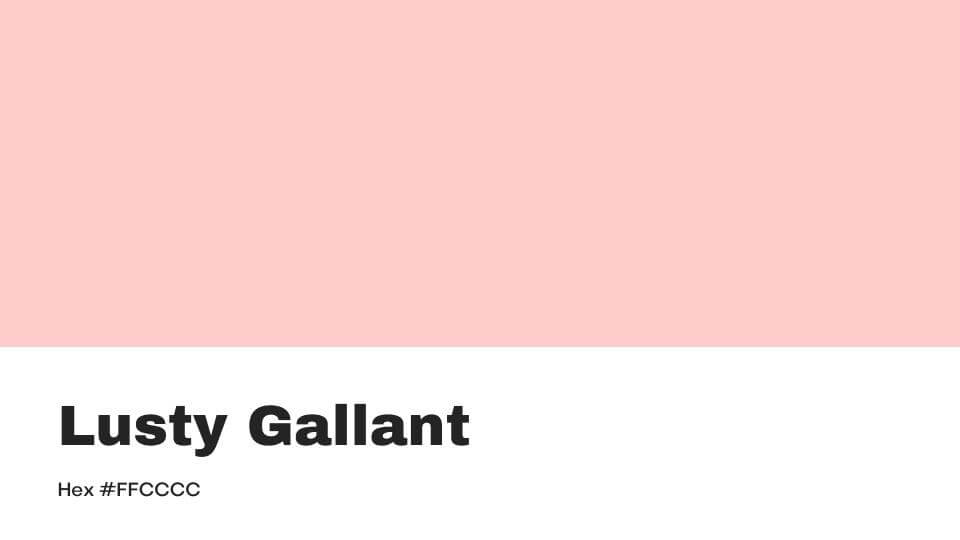
Lusty Gallant is a pale baby pink shade that resembles coral. It was originally the name of a renowned Tudor English dance. In order to boost sales and entice customers, dressmakers may have come up with the term for the color.
Malachite – Hex #0BDA51
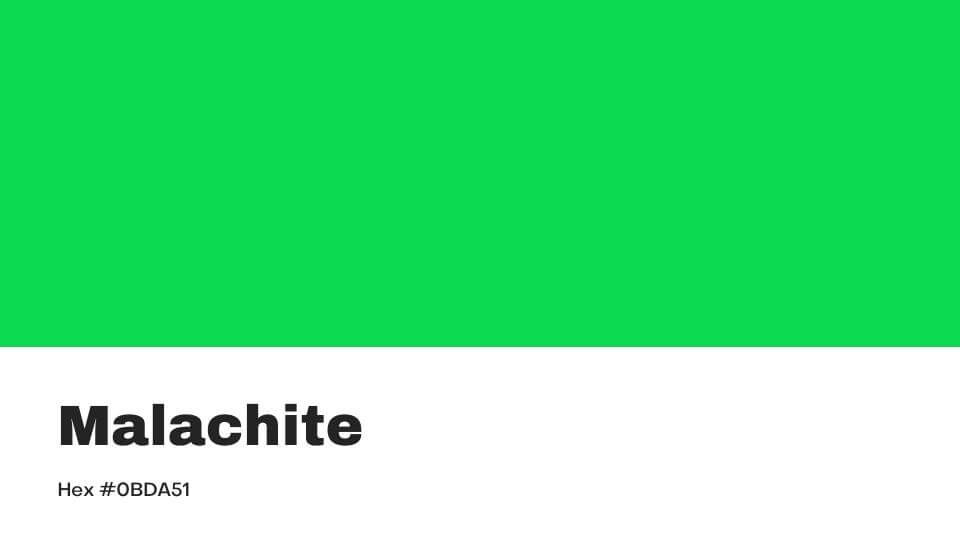
Malachite is a hue that most of us have seen, but may not have recognized its “true” term for it. Basic green 4 is another name for this hue, which is frequently employed in the production of green dyes.
Malachite, or copper carbonate, is the mineral responsible for this bright green color. The mineral was commonly used for green paints in the eighteenth century because it was light-resistant and varied in color. There are many examples of this color throughout history. Hermitage’s Malachite Room and Demeter’s throne are both rumored to have been fashioned of this tint.
Wenge – Hex #645452
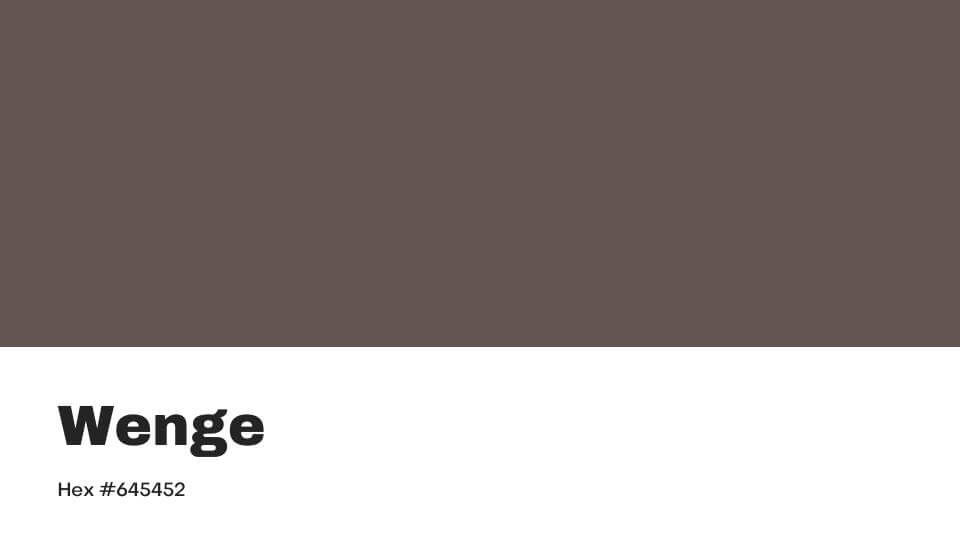
Wenge is a familiar name if you’ve ever purchased furniture. Those copper undertones in the rich brown wood color are what elevates particleboard. Millettia laurentii, an endangered central African tree, is the source of natural wenge wood.
Puke – Hex #947706
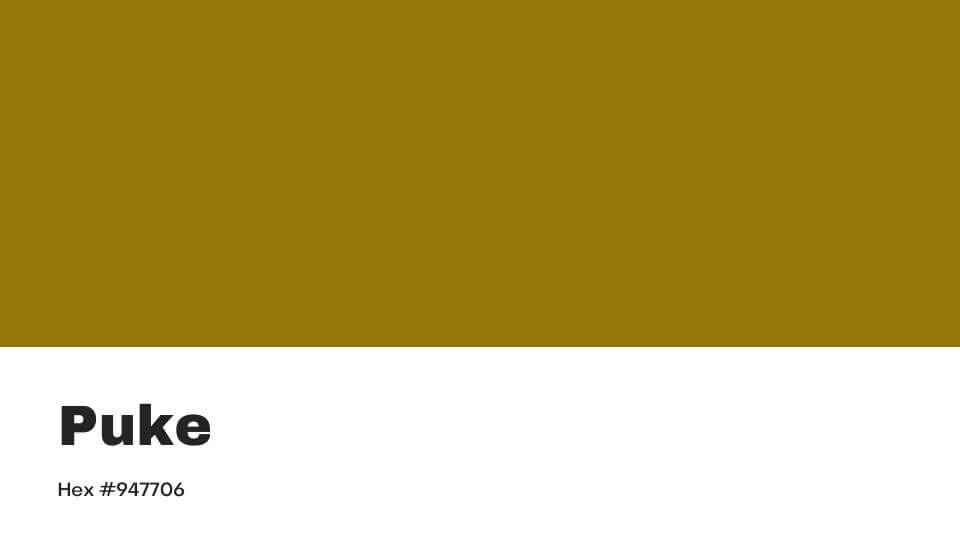
Despite the fact that this color isn’t named after vomit, it has a vomit-like hue. So it’s still one of the weird color names. It was stated in a Shakespeare play about a stocking covered in vomit. Puke here refers to a specific type of wool cloth. The name is still used today to describe a particular hue of dark sand brown.
Falu Red – Hex #801818
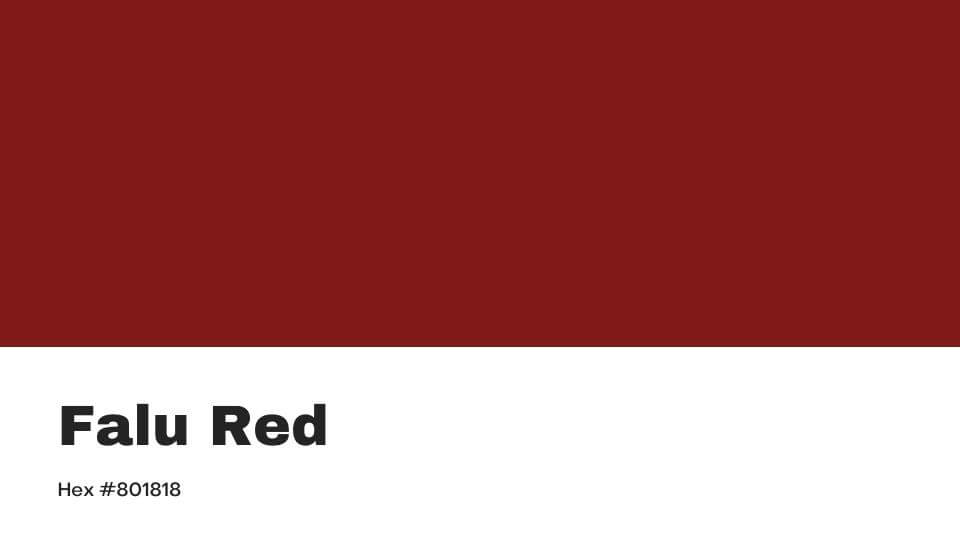
In many parts of Sweden, the color red has great symbolic value. Cottages and wood barns were commonly painted in this deep crimson color. Deep red was chosen to mimic the brick-colored houses in the region. Falun, a copper mine in Dalarna, Sweden, was the original source of the color.
In reality, this color has been around since the 1600s and is still popular today. The stain does an excellent job of protecting the wood. In Sweden’s “city” neighborhoods, the hue has fallen out of favor due to the increasing popularity of brick. Others, on the other hand, preferred a more neutral-colored and light-colored house. Even so, you’ll still be able to glimpse this color in the countryside.
Eburnean – Hex #FFFFEE
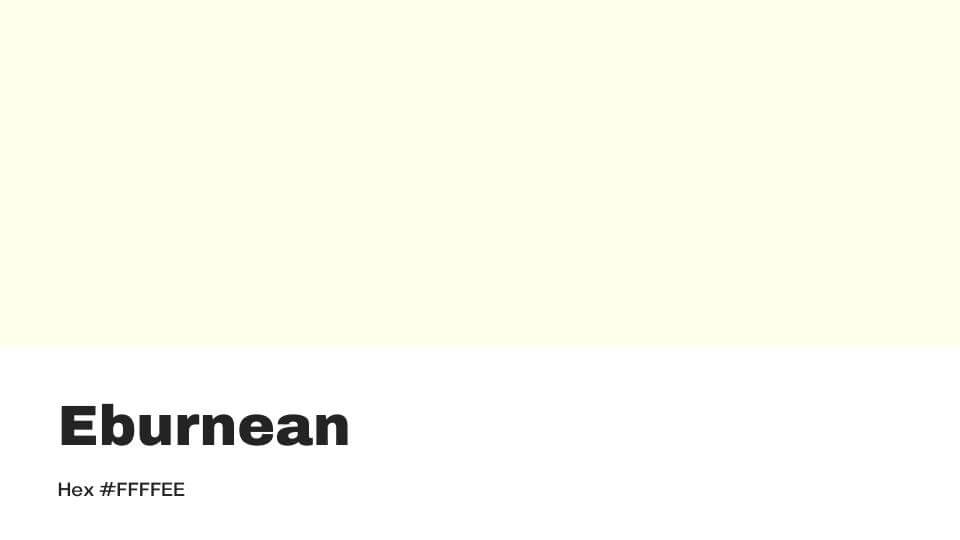
This is the only word you’ll ever need to describe something ivory-colored. The name “eburnean” derives from the Latin word “eburneus,” which means “as white as ivory”.
Goose Turd Green – Hex #4EA809
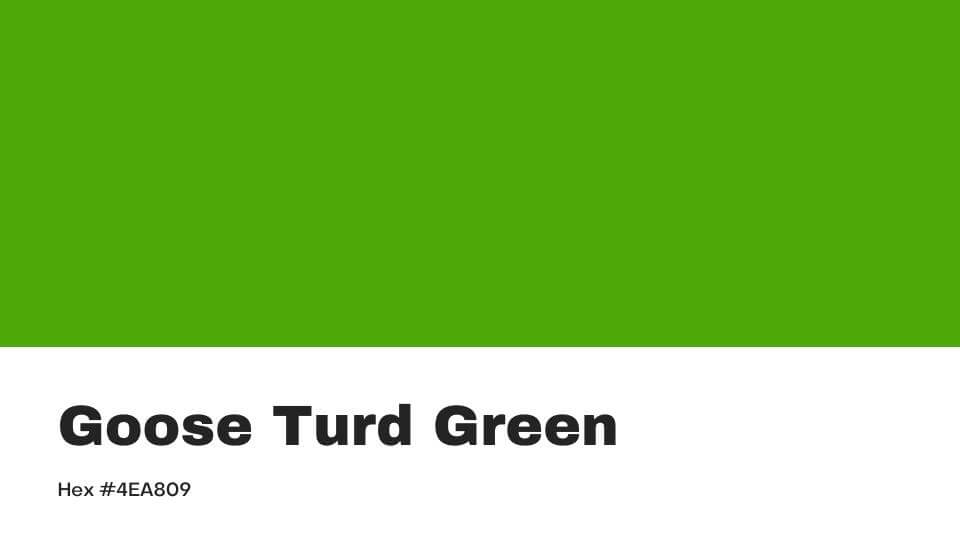
Dressmakers in Elizabethan England were looking for a fresh method of attracting customers at the time. They came up with the idea of giving hues bizarre and intriguing names in order to make shopping for dresses more exciting.
In the experiment, one of the weird color names was Goose Turd Green, a delicate yellow-green hue evocative of goose excrement. It’s unclear if the ridiculous name helped garment sales, but the color’s moniker has persisted and is still in use today.
Caput Mortuum – Hex #592720
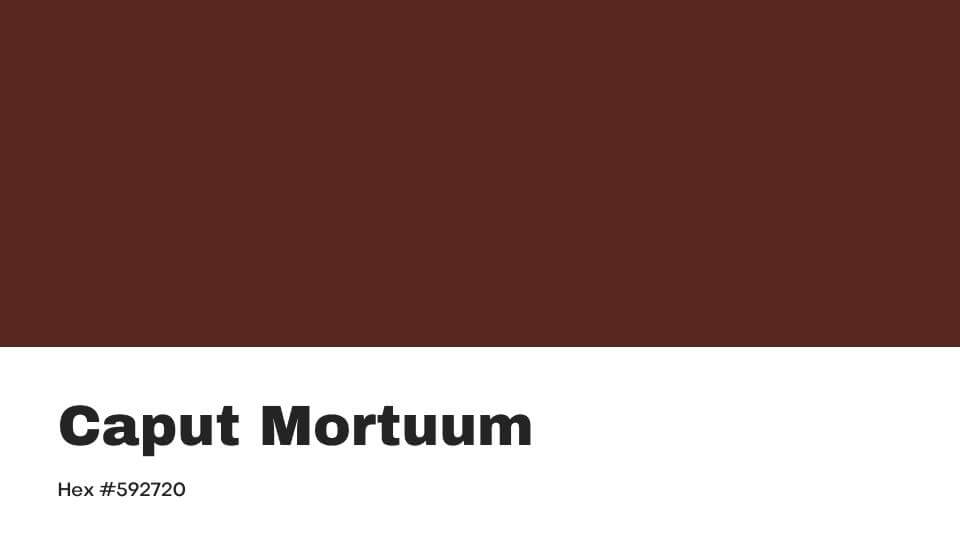
Dead skull or worthless remains are the Latin names for this color. The term “oxidized rust” refers to a dark brown tint with red and purple undertones. For centuries, Caput Mortuum has been a favored oil paint hue for portrait painting, and it has remained so.
Amaranth – Hex #E52B50
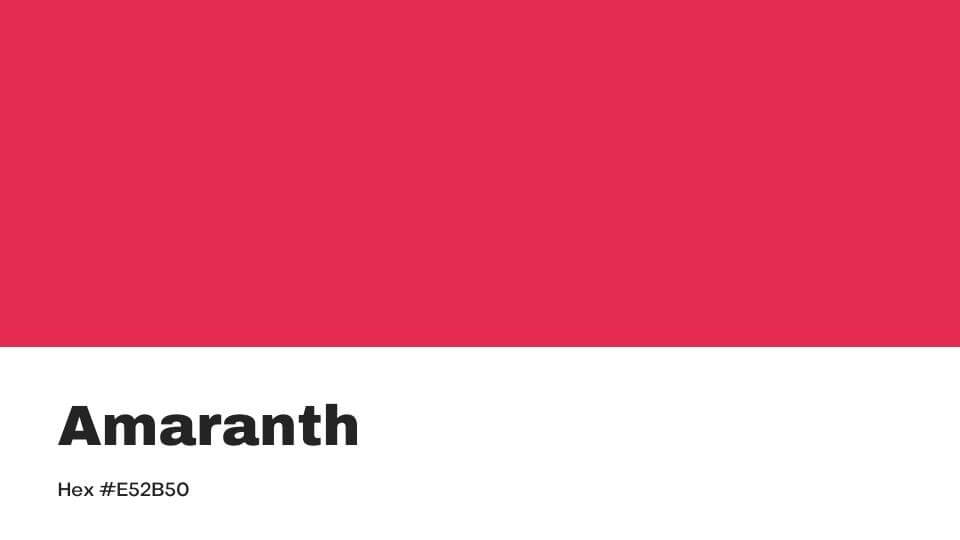
Amaranthus, a genus of plants with petite clusters of purplish-red blooms, may be referred to as rose-red amaranth. The Greek amarantos, a mythological eternal flower, may have inspired the name of the flower.
Gingerline – Hex #FCCB4F
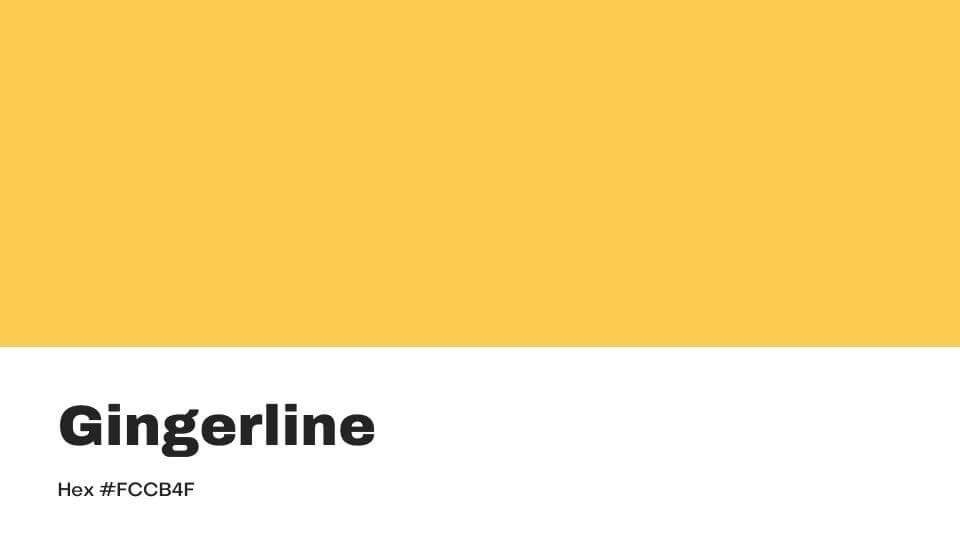
This is the last example of weird color names. Ginger is a dark yellowish-orange color that many people recognize. There is a slight variation in gingerline, which was originally characterized as being a dark reddish-purple or brown color. Some people use Gingerline to describe a darker mustard color, while others use it to represent a lighter yellow-orange tint.
Conclusion
Each one was meticulously crafted by an expert or a child to evoke a unique emotion or notion. It also represents something special to each and every human being, a never-ending cycle of color that we have yet to discover that never ceases to amaze us.
If you are interested in colors, you can check weird hair colors too.
